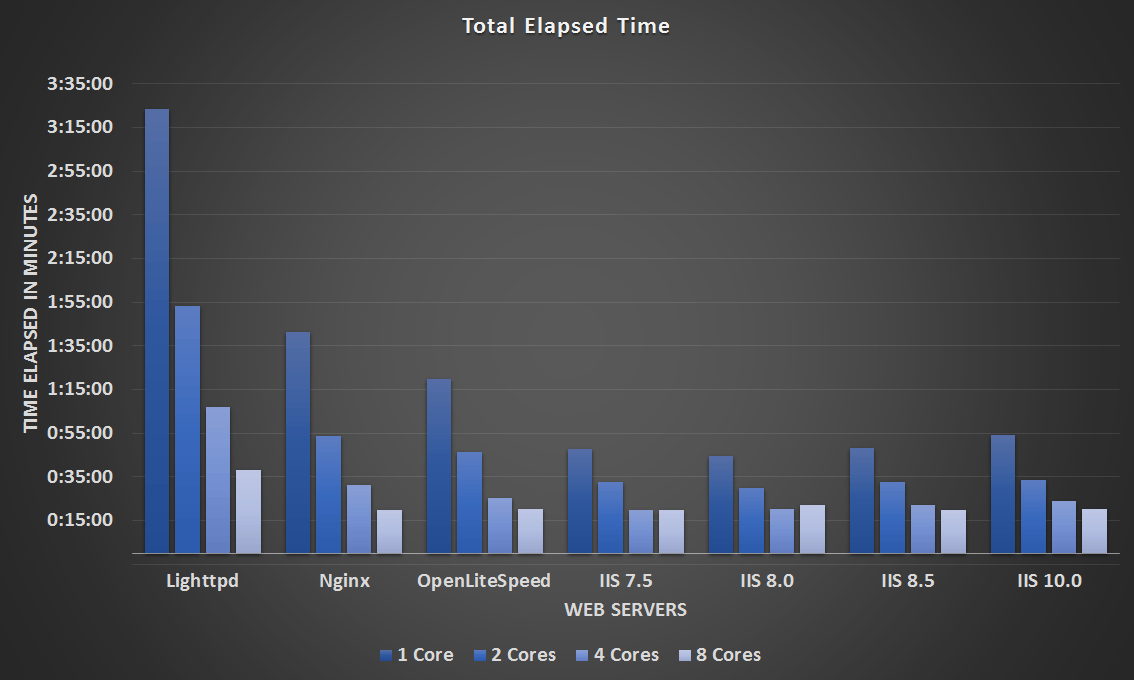
The colors aren't significant, and are usually picked at random to be warm colors (other meaningful palettes are supported).

The function beneath a function is its parent, just like the stack traces shown earlier. The top box shows the function that was on-CPU. The y-axis shows stack depth (number of frames on the stack).Each box represents a function in the stack (a "stack frame").I'll explain this carefully: it may look similar to other visualizations from profilers, but it is different. With the flame graph, all the data is on screen at once, and the hottest code-paths are immediately obvious as the widest functions. If you have troubles in your browser, try the direct SVG or PNG version. Now the same data show previously as a flame graph (click to zoom): However, often you need to read many screen fulls of text to understand the profile, which is time consuming and tedious.
Graphclick linux code#
Sometimes, the bulk of the CPU time is in a single code path, and perf report summarizes this easily on a single screen.
Graphclick linux full#
The full output, visualized, looks like this:Ĭan you see the earlier two stacks? They are in the top left. The above output has been truncated, and only shows 45 lines from over 8,000 lines of output. In order to understand where the bulk of the CPU time is spent, we'll want an idea of the code path for over 50% of the samples. So after reading this screen of text, we can only account for 3% of the samples. The next stack trace (including execute_builtin_or_function()), 1%. The first stack trace shown (which includes do_redirection_internal()), accounts for only 2% of the samples. The percentages must be multiplied to determine a full stack trace's absolute frequency. Read paths from top left to bottom right, which follows a code path's ancestry (and its stack trace sample). Similar code paths are coalesced, and the summary is shown as a tree graph, with percentages on each leaf. The perf report command does a good job of summarizing the hundreds of stack trace samples as text. The perf record command sampled at 99 Hertz (-F 99), on our target PID (-p 13204), and captured stack traces (-g -) for call graph info. Ģ0.42% 605 bash xen_hypercall_xen_version # Overhead Samples Command Shared Object Symbol Here I'm using Linux perf (aka perf_events) to profile a bash program that is consuming CPU: # perf record -F 99 -p 13204 -g - sleep 30 On this page I'll introduce and explain CPU flame graphs, list generic instructions for their creation, then discuss generation for specific languages. See the Updates list for other profiler examples, and github for the flame graph software. My examples here use Linux perf (perf_events), DTrace, SystemTap, and ktap. See the Flame Graphs main page for uses of this visualization other than CPU profiling.įlame Graphs can work with any CPU profiler on any operating system.


Flame graphs are a visualization for sampled stack traces, which allows hot code-paths to be identified quickly. Profiling data can be thousands of lines long, and difficult to comprehend. It usually works by creating a timed interrupt that collects the current program counter, function address, or entire stack back trace, and translates these to something human readable when printing a summary report. Profiling by sampling at a fixed rate is a coarse but effective way to see which code-paths are hot (busy on-CPU). Systems Performance: Enterprise and the Cloud, 2nd Editionĭetermining why CPUs are busy is a routine task for performance analysis, which often involves profiling stack traces.
Graphclick linux how to#
How To Add eBPF Observability To Your ProductīPF binaries: BTF, CO-RE, and the future of BPF perf tools USENIX LISA2021 Computing Performance: On the Horizon


 0 kommentar(er)
0 kommentar(er)
